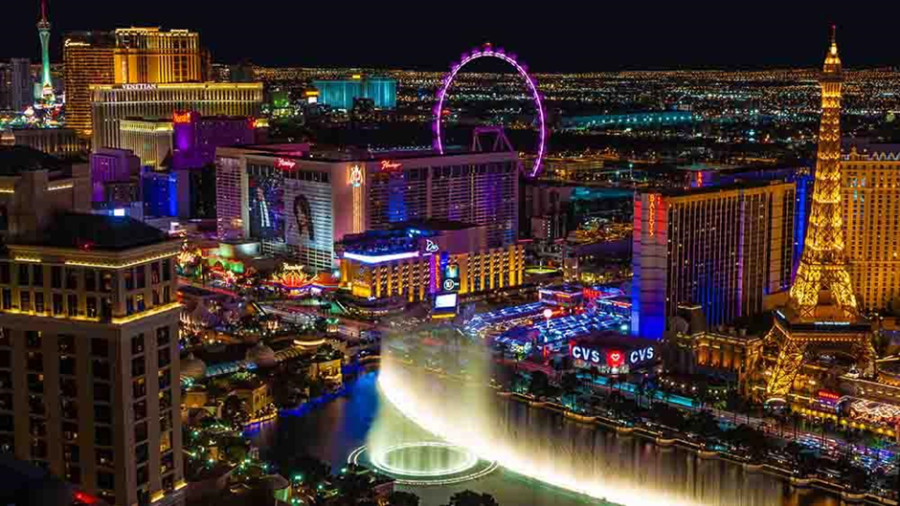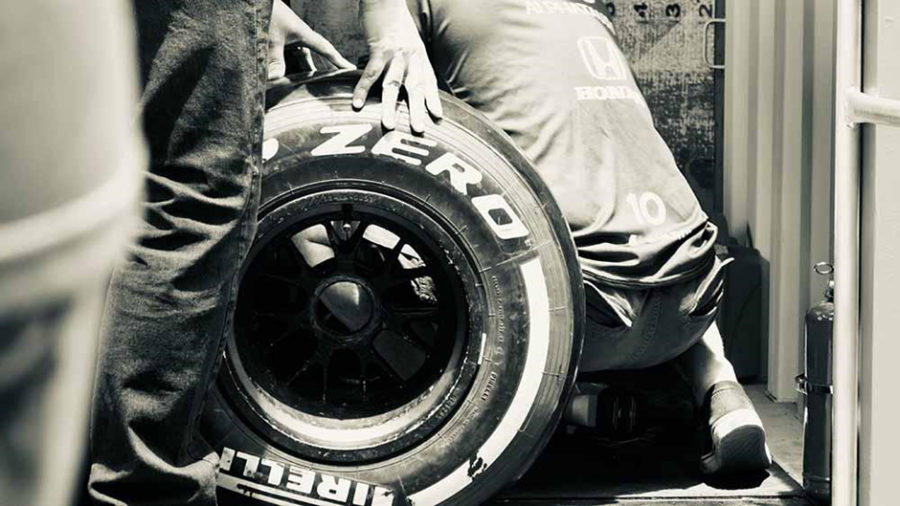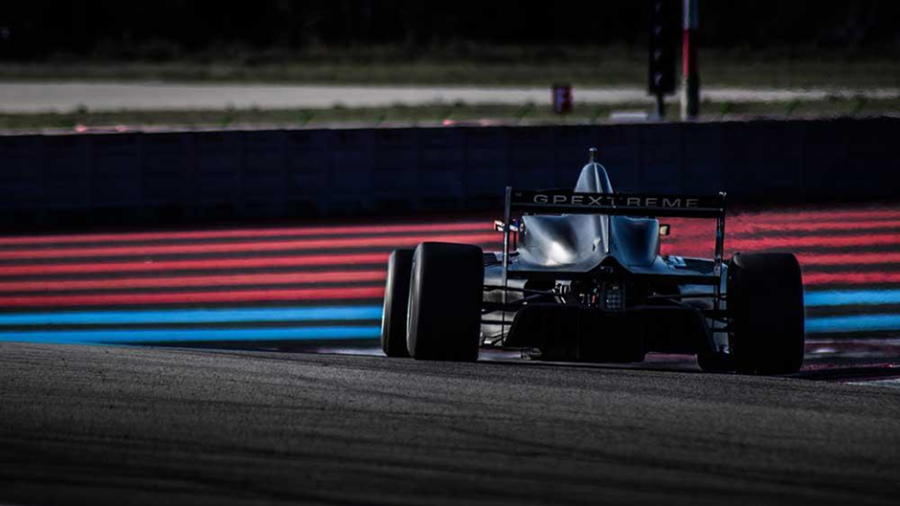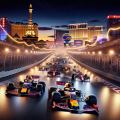
Source: Julian Paefgen, via Unsplash
The 2023 Las Vegas Grand Prix was the most widely anticipated Formula 1 race since the 2021 Abu Dhabi Championship deciding race. The race injected needed energy into a season that had become dull thanks to Max Verstappen’s unprecedented dominance. Las Vegas’ Grand Prix was one of the most watched races of the season and, despite hiccups, should be considered a success. It’s been a month since the spectacle occurred, so what did we learn? Here are four key takeaways.
1. The Las Vegas Grand Prix Was a Bumpy Ride
There’s no denying this fact: the first-ever Las Vegas Grand Prix faced difficulties. And that comes from race planners caring more about the television ratings than the race itself. The most obvious example of this was the timing of the race. To accommodate overseas viewers, race organizers scheduled qualifying to start at noon on Friday, with the race beginning at 10:00 PM on Saturday. This was unprecedented for F1 championship races, and many drivers voiced their complaints.
Investors poured millions of dollars into this event, making it reasonable for organizers to desire a maximized audience. However, they did not properly evaluate the consequences of this. Specifically, the race would be one of modern history’s coldest Formula 1 races. The track dipped into the 50s for qualifying, and the race was one of the coldest races on record. Further, with multiple long straights that cool tires, drivers had difficulty heating up their tires throughout the weekend. In fact, Pirelli, Formula 1’s tire supplier, warned teams of “major technical challenges” due to the temperature.
Once the weekend got started, the bumps continued — literally. Just eight minutes into the first practice section, a loose drain cover wrecked Carlos Sainz’s weekend, terminally damaging his power unit. The moment was embarrassing for both Formula 1 and the FIA, who handed Sainz an unpopular 10-place grid penalty for replacing his energy store for a third time. Teams are allowed two energy stores throughout the year, and a third replacement triggers an automatic penalty, something the FIA attempted to get around due to the circumstances but couldn’t. There are issues that the grand prix will need to work around in the future.

Source: Eduardo Taulois, via Unsplash
2. Despite the Hiccups, It Was Still a Major Success
While legitimate questions about the tire conditions and track temperatures led to uncertainty, the race still ended as a major success. It provided a much-needed jolt of energy into a sport lacking excitement due to Red Bull’s dominance.
Ticket sales and hotel prices plummeted in the weeks leading up to the event, causing further uncertainty, but the energy was palpable come race weekend. Over 300,000 people attended the weekend, and organizers predict it will earn more revenue than any race this season. Television ratings also jumped significantly, averaging 1.3 million viewers, the third-largest audience of the season.
3. Wheel-to-Wheel Racing Was Better Than Expected
As with any new track, the biggest unknown is what the racing will look like. Races like the Singapore Grand Prix have seen similar hype to the Las Vegas Race but failed to live up to expectations. In Singapore, the lack of exciting racing caused disappointment despite a thrilling night race atmosphere.
With Vegas, however, that was not the case. The long straight down the strip proved perfect for overtaking, with 82 overtakes throughout the race. There was a long three-way battle for first place and a dramatic final lap overtake from Charles LeClerc over Sergio Perez to end the race.

Source: Clement Delacre, via Unsplash
4. Lackluster Competition Hindered the Inaugural Race
While the racing was better than expected, it was still hindered by a dominant Red Bull. This has less to do with the race or atmosphere but the lack of competitive build-up. The Las Vegas Grand Prix was a rousing success, and fans worldwide enjoyed it. The visuals of Formula 1 cars driving down the Las Vegas Strip and past giant orbs were spectacular. Now, imagine those thrills combined with a close championship.
Formula 1 fans are drawn to the sport’s competitive drama, which made Verstappen and Lewis Hamilton’s epic 2021 battle so unforgettable. Las Vegas’ grand prix is strategically scheduled for late in the season, which is a double-edged sword. On the negative end, it comes at a point in the season when fans are fatigued with Formula 1 if there isn’t a real title battle. On the positive end, it comes at a point in the season when fans are the most invested if there is a legitimate title battle. Verstappen’s dominance is undeniable, but this race was exciting in part because he had to fight for this win. It will only get better in the future as this race happens with more on the line.
Can We Expect Better Races in the Future?
As we have discussed, the Las Vegas Grand Prix was an absolute spectacle. However, we can expect it to get better as more competitive seasons happen. If the likes of McLaren Mercedes or Ferrari can catch the Red Bull juggernaut next year, this race will be must-see television even more than it already is.






